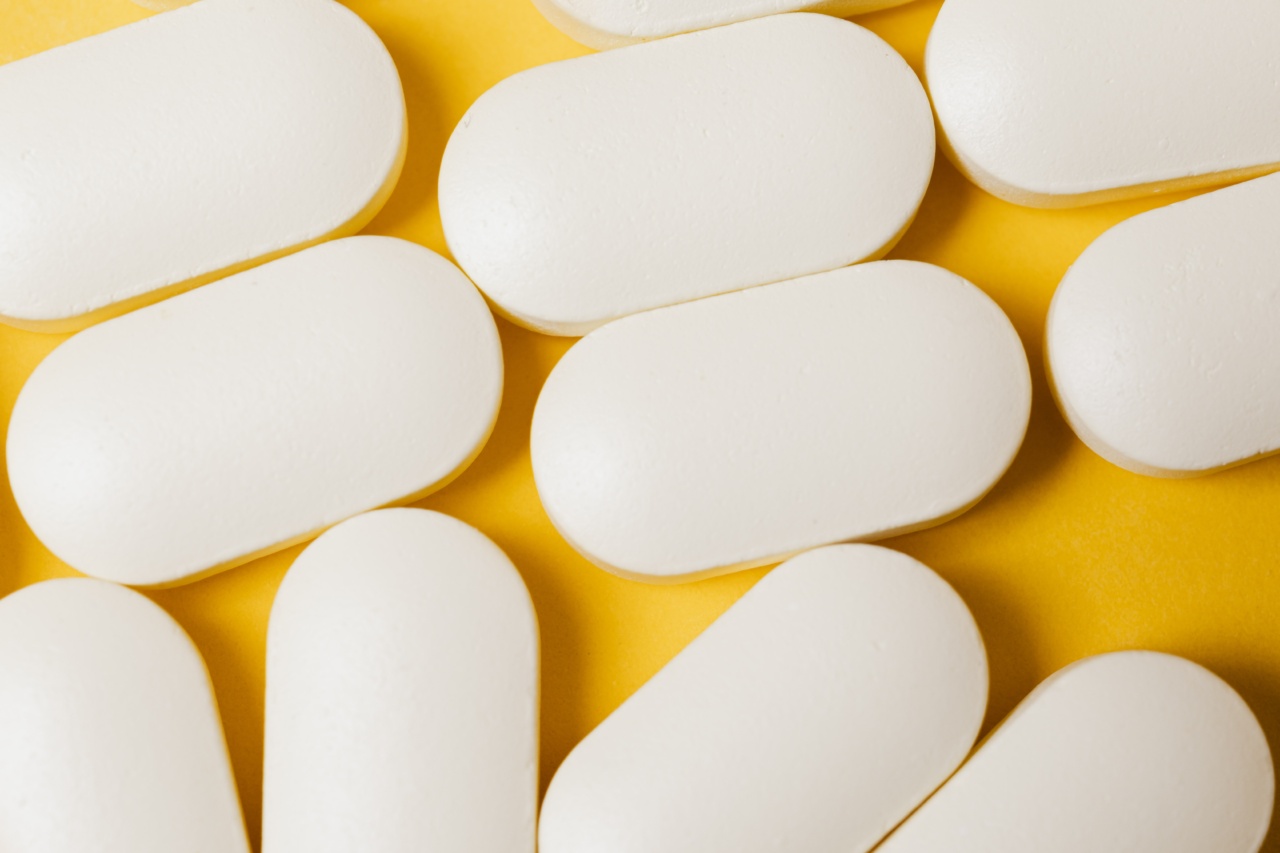Urinary incontinence can be an uncomfortable and sometimes embarrassing problem. While medication is a common treatment option, there are also many non-drug approaches that can help control and manage urinary incontinence.
Here are 10 options to consider:.
Dietary Changes
The first step to controlling urinary incontinence is to make changes to your diet. Eating a healthy diet and avoiding certain trigger foods can help reduce the likelihood of incontinence episodes.
Some common trigger foods include caffeine, acidic foods, and spicy foods. Cutting back on these foods and replacing them with healthier options like fruits and vegetables can make a significant difference.
Kegel Exercises
Kegel exercises are designed to strengthen the pelvic floor muscles that support the bladder, which can help improve bladder control. To perform a Kegel exercise, squeeze the muscles in your pelvic area as if you are trying to hold in urine.
Hold this contraction for five seconds, then release and relax for five seconds. Repeat this 10 to 20 times, three to four times a day.
Bladder Training
Bladder training involves gradually increasing the time between bathroom breaks to help the bladder adjust to holding more urine. Start by tracking your bathroom habits and then gradually increasing the time between bathroom breaks by 15-30 minutes.
Eventually, aim to go to the bathroom every two to four hours or as needed.
Weight Management
Excess weight can put pressure on the pelvic floor muscles, which can lead to incontinence. Losing weight can help alleviate this pressure and reduce the likelihood of incontinence episodes. Aim to maintain a healthy weight through diet and exercise.
Avoiding Constipation
Constipation can also put pressure on the bladder and pelvic floor muscles, leading to incontinence. Make sure you are getting enough fiber in your diet to promote regular bowel movements.
Acupuncture
Acupuncture is a traditional Chinese medicine practice that involves inserting thin needles into specific points on the body. Some studies have found that acupuncture can help alleviate symptoms of incontinence, such as urgency and frequency.
Nerve Stimulation
Nerve stimulation involves using electrical impulses to stimulate the nerves that control bladder function. This can be done through devices like a percutaneous tibial nerve stimulator or a sacral nerve stimulator.
Biofeedback
Biofeedback involves using electronic monitoring devices to help patients become more aware of their pelvic floor muscles and control them more effectively.
During a biofeedback session, electrodes are placed on the pelvic floor muscles to measure their activity while you perform Kegel exercises. The information is displayed on a screen to help you learn to properly contract and relax the muscles.
Physical Therapy
Physical therapy can help alleviate incontinence symptoms by strengthening the pelvic floor muscles. During a physical therapy session, you may be taught how to perform Kegel exercises, bladder training, and other exercises to improve bladder control.
Surgery
In some cases, surgery may be necessary to address urinary incontinence. Common surgical procedures for incontinence include urethral slings, bladder suspension, and artificial urinary sphincters.
Conclusion
Although it can be frustrating, urinary incontinence doesn’t have to control your life.
By making some changes to your diet and lifestyle, performing exercises like Kegels, and considering non-drug options like acupuncture or nerve stimulation, you can effectively manage and control your symptoms so that they are less intrusive in your day to day activities. Speak with your healthcare provider to determine which options may be best for you.




























